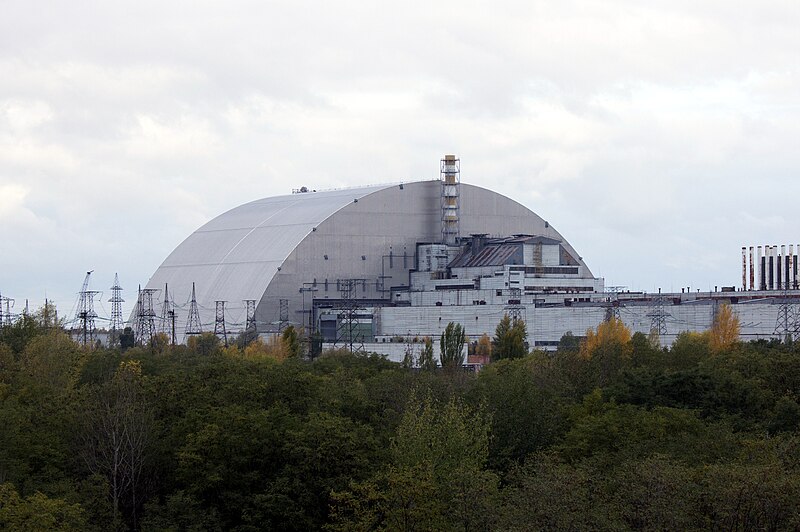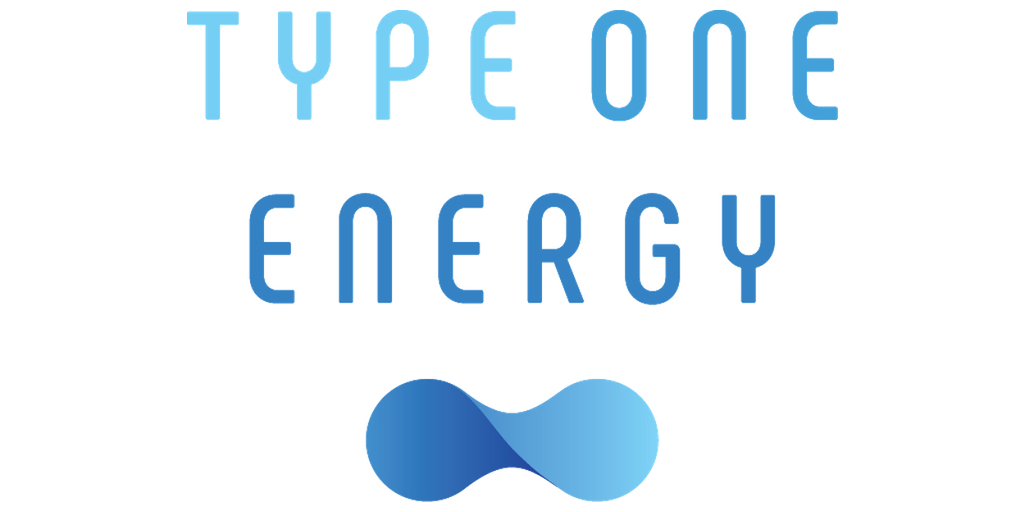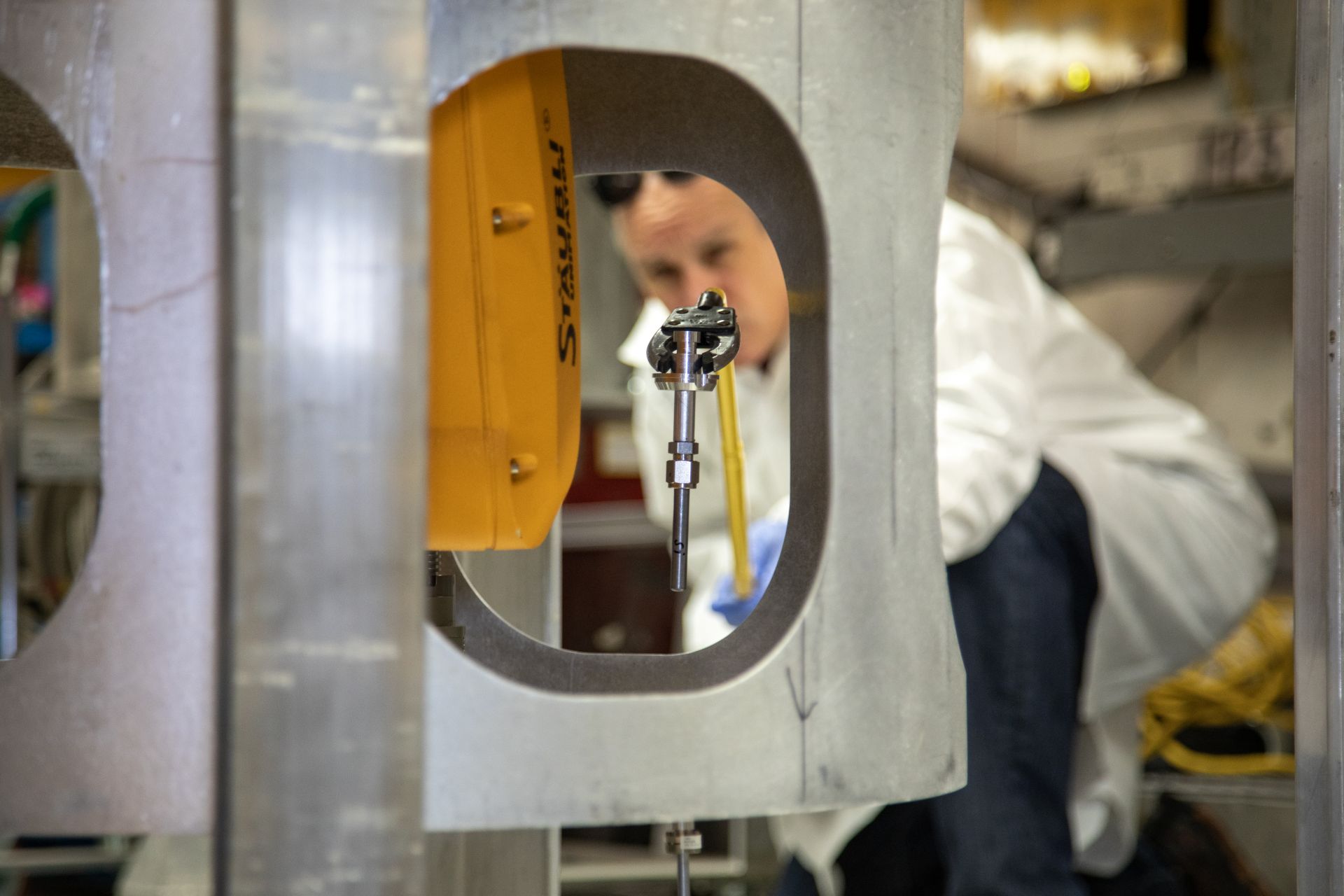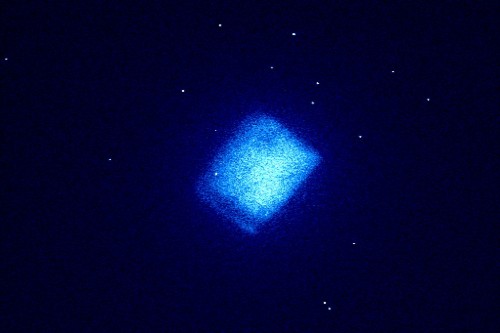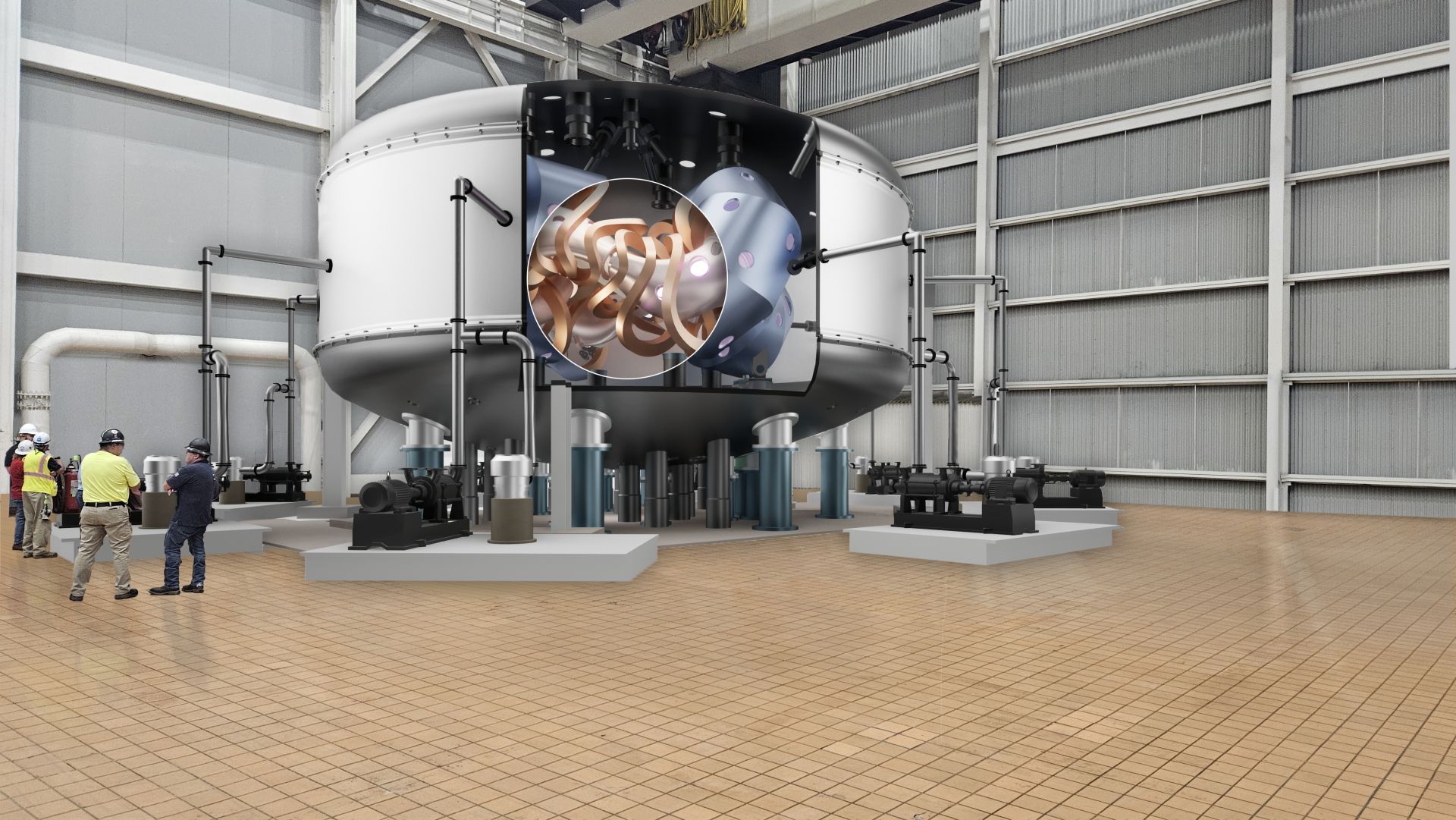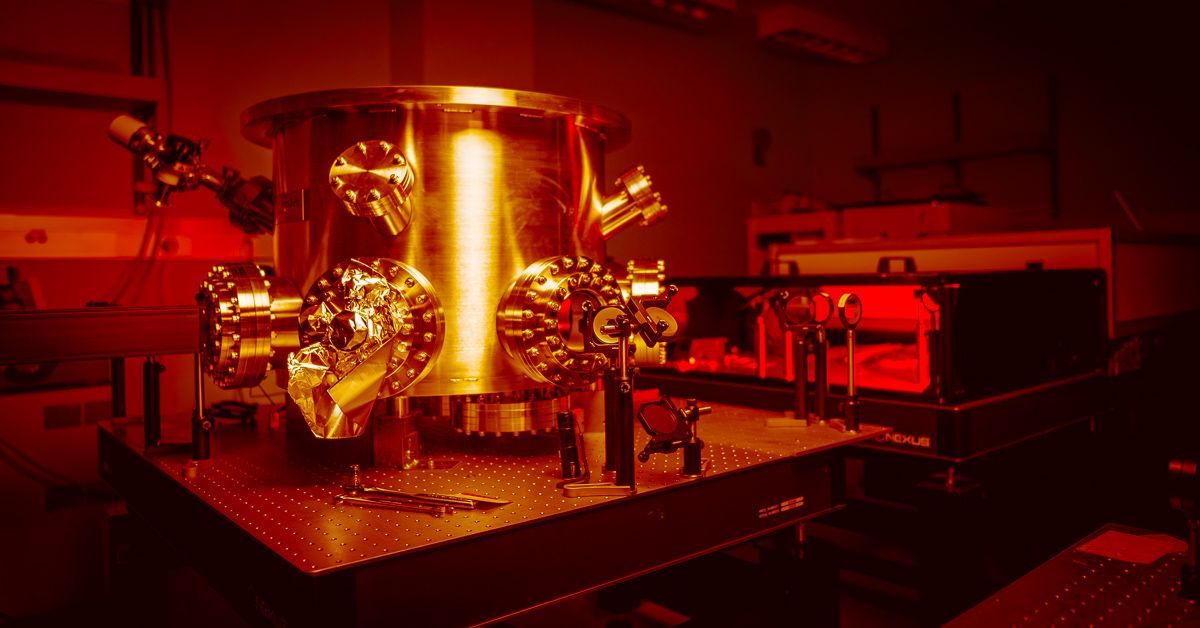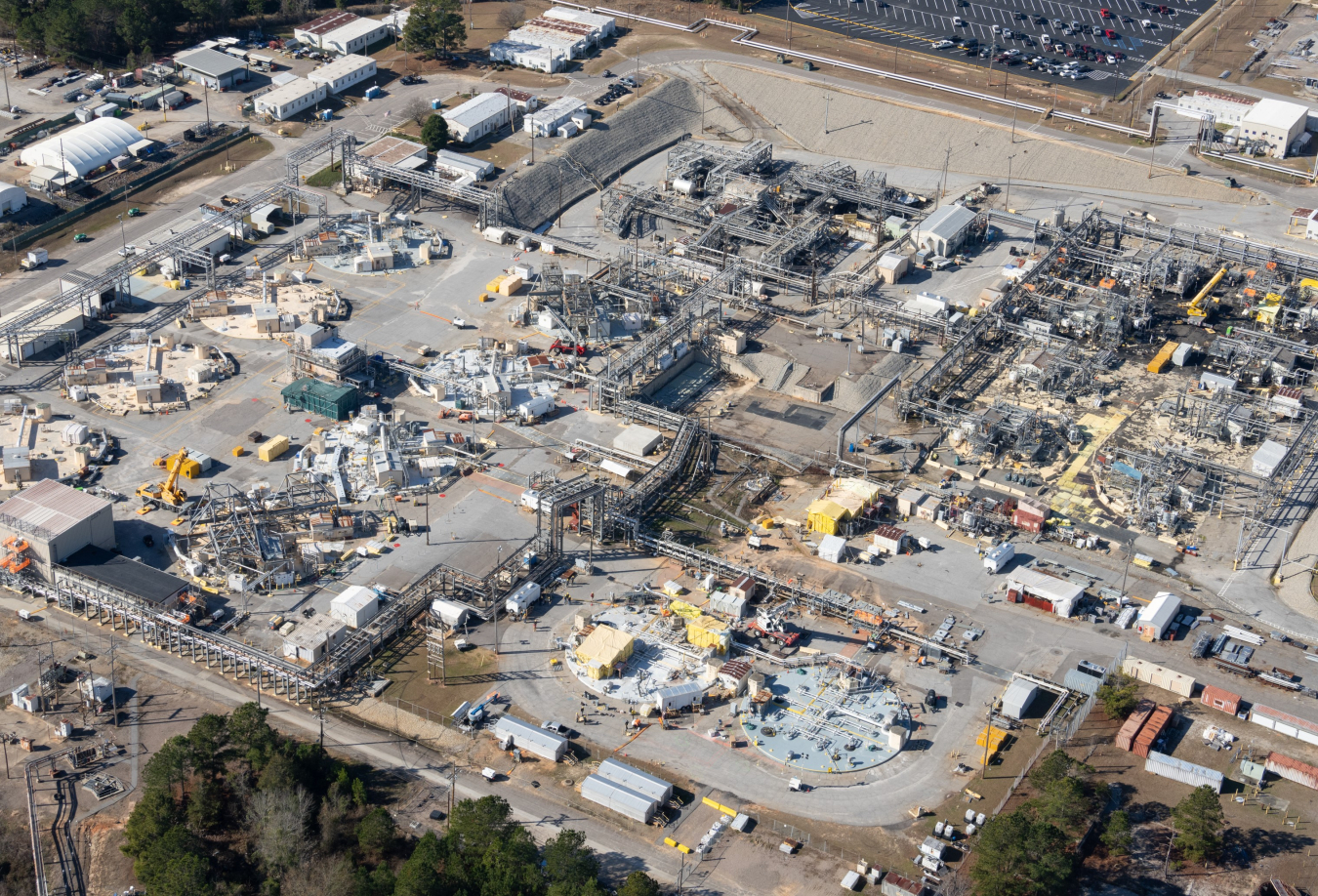The New Safe Confinement over unit 4 at the Chernobyl nuclear power plant in 2017. (Photo: Tim Porter)
Social media this past weekend streamed with reactionary posts following a drone strike last Friday at the site of the destroyed reactor from the 1986 Chernobyl accident. The drone—armed with a warhead—ripped a hole in the New Safe Confinement (NSC), a large structure built to prevent any radioactive release from the damaged reactor unit 4 and to protect it from any external hazard. The drone strike caused a fire that was still smoldering in places as of Monday morning, and left a hole larger than 500 square feet. Efforts continue to mitigate the consequences of the fire and extinguish isolated smouldering areas of the NSC's insulation material.
Due to damage to the external and internal cladding of the NSC's arch and main crane system equipment, the safety boundaries and operational conditions of the NSC complex have been compromised, according to the Chernobyl nuclear power plant Facebook page.
February 14, 2025, 2:58PMNuclear NewsAlexander Long and Sven Vogel Beamline scientist Sven Vogel installs a highly radioactive post-irradiated nuclear fuel sample into the sample chamber on Flight Path 4 (HIPPO) at the Lujan Center. The sample chamber is equipped with a robotic arm capable of precisely positioning and orienting samples within the pulsed thermal neutron beam originating from the spallation target. This advanced setup enables simultaneous neutron diffraction and Bragg-edge imaging, allowing researchers to analyze the structural and microstructural properties of irradiated nuclear fuels under controlled conditions. (Photo: LANL)
In materials science, understanding the unseen—how materials behave internally under real-world conditions—has always been key to developing new materials and accelerating innovative technologies to market. Moreover, the tools that allow us to see into this invisible world of materials have often been game-changers. Among these, neutron imaging stands out as a uniquely powerful method for investigating the internal structure and behavior of materials without having to alter or destroy the sample. By harnessing the unique properties of neutrons, researchers can uncover the hidden behavior of materials, providing insights essential for advancing nuclear materials and technologies.
Weak radio luminescence captured by a low light intensity camera from a synthetic diamond carbon film made from beta-emitting carbon-14 atoms. (Image: University of Bristol)
The world’s first carbon-14 diamond battery became a reality in a United Kingdom laboratory this past December when it was created by scientists from University of Bristol and the U.K. Atomic Energy Authority.
Concept art showing Type One Energy’s Infinity One prototype stellarator inside TVA’s Bull Run fossil plant. (Photo: Business Wire)
Type One Energy said it has entered into a cooperative agreement with the Tennessee Valley Authority to jointly develop plans for a potential TVA fusion power plant project in the Tennessee Valley region using Type One Energy stellarator fusion power technology. The company said its 350-MWe fusion pilot power plant, named Infinity Two, could provide a complementary source of baseload electrical generation for the region as early as the mid-2030s.
Senamile Masango (Photo shared on LinkedIn by Colleen Larsen)
The government of South Africa has announced the passing of Senamile Masango, the country’s first black female nuclear scientist. The 37 year old, who many South Africans thought of as the “queen of science,” died on February 9 from undisclosed causes. Deputy President Paul Mashatile described Masango as “a beacon of hope for many young people, especially women.”
Calvert Cliffs nuclear power plant. (Photo: Constellation)
Nuclear powerhouse Constellation Energy announced Tuesday it will spend roughly $100 million to upgrade critical electrical systems and plant equipment at its Calvert Cliffs nuclear power plant, where the company may pursue license renewals.
An experimental chamber that will be used by UC San Diego as part of the TINEX project. (Photo: David Baillot/UC San Diego Jacobs School of Engineering)
The University of California–San Diego has joined a new research collaborative focused on overcoming critical obstacles in developing and scaling up inertial fusion power plants. Led by San Diego-based General Atomics, the group was one of six research teams that were collectively awarded $107 million in January by the Department of Energy as part of the Fusion Innovative Research Engine (FIRE) Collaboratives.
IAEA team members conduct a follow-up review of Spain’s regulatory framework for nuclear and radiological safety. (Photo: CSN)
An International Atomic Energy Agency team has concluded that Spain has shown a strong commitment to nuclear and radiation safety, confirming that the country has successfully enhanced its regulatory framework, fully implementing IAEA recommendations made in 2018.
The Savannah River Site’s F Tank Farm, where Tank 4 completed preliminary cease waste removal a year ahead of schedule. (Photo: DOE)
The Department of Energy’s Office of Environmental Management said it has reached a regulatory milestone ahead of schedule in preparing radioactive waste tanks for closure at the Savannah River Site in South Carolina. DOE-EM said it received concurrence in January from the South Carolina Department of Environmental Services (SCDES) and the U.S. Environmental Protection Agency that SRS had successfully removed waste from the site’s Tank 4 and may now proceed to waste sampling and analysis of that tank ahead of its closure.
Palo Verde nuclear power plant, near Tonopah, Ariz. (Photo: APS)
The top three utilities in Arizona are teaming up to explore opportunities to add nuclear generation facilities in the state.
Arizona Public Service (APS), Salt River Project (SRP), and Tucson Electric Power (TEP) announced in a February 5 news release that they are working together to assess possible sites, including retiring coal plants. The group is looking at possibilities for both small modular reactors—units generating 300 MW or less—and potential large reactor projects, which could generate nearly five times the power.
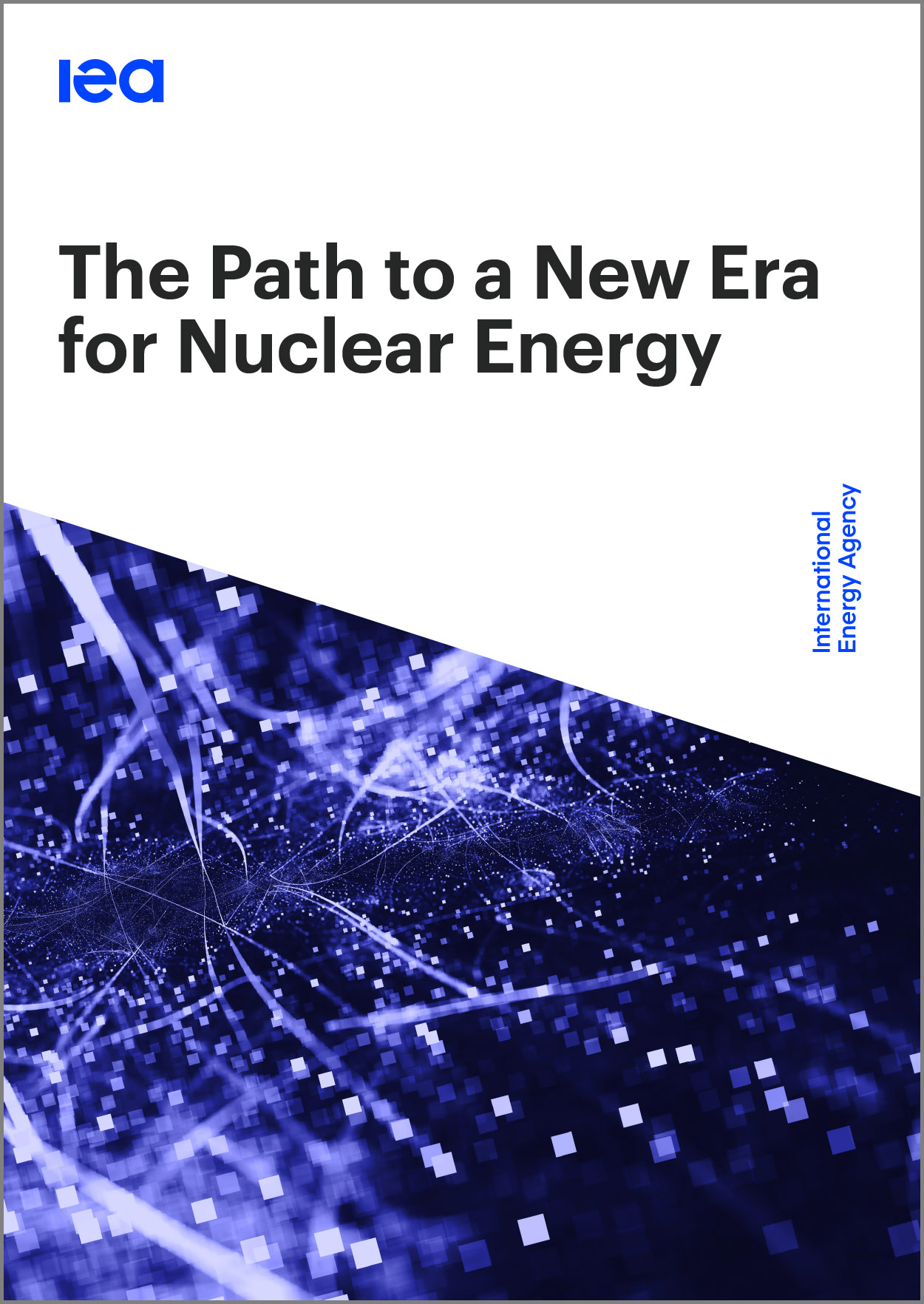 The International Energy Agency has published a new report examining opportunities for the nuclear power industry to address concerns related to energy security and climate change. The Path to a New Era for Nuclear Energy explores areas of policy, innovation, construction, and financing with an emphasis on investment-related issues regarding small modular reactors.
The International Energy Agency has published a new report examining opportunities for the nuclear power industry to address concerns related to energy security and climate change. The Path to a New Era for Nuclear Energy explores areas of policy, innovation, construction, and financing with an emphasis on investment-related issues regarding small modular reactors.

